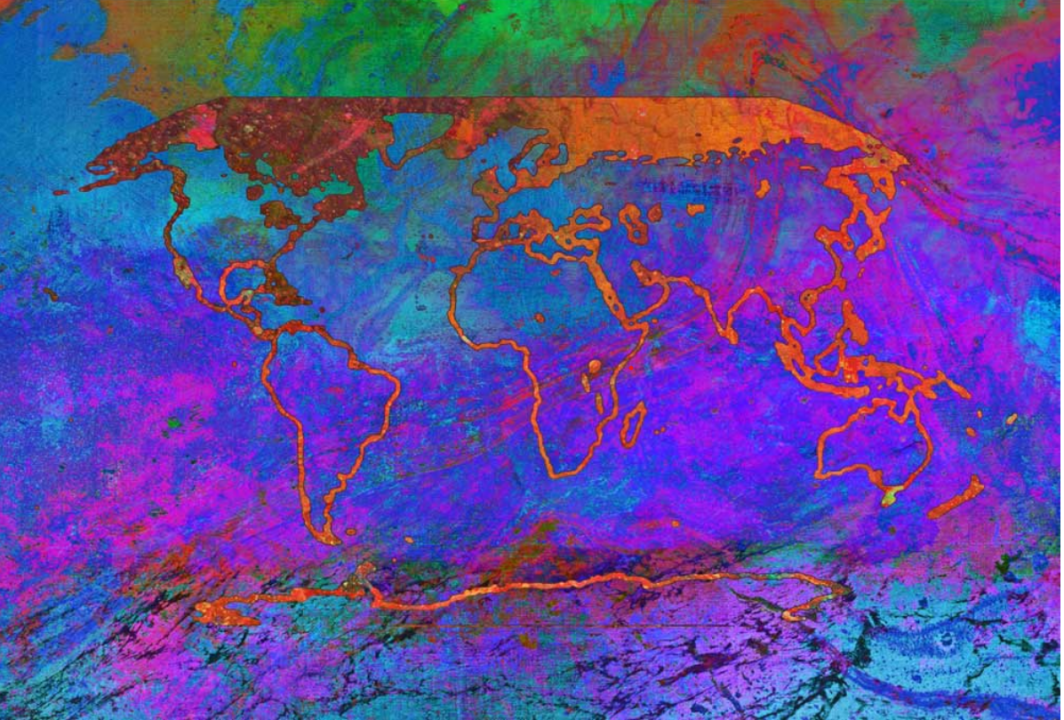
Acting on AR6: six steps you can take today
Making decisions about climate change can often be overwhelming. This week’s release of the Sixth Assessment Report (AR6) Climate Change 2021: The Physical Science Basis by the IPCC is a good example of this challenge. AR6 provides nearly 4,000 pages summarising the current state of science on how the climate is changing, what influence humans are having on it, and the potential impacts around the globe. The report contains messages on both the physical risks created by our changing climate, as well as the scale of the transition that our economies will be required to undertake. The report is daunting and can feel disempowering.
But if there is one thing the report really underlines, is that we must and can act now to limit further temperature rise and avert the worst impacts of climate change
So here are just six practical steps that your organisation can take today take in response to the findings of the IPCC:
1) Apply the science: If you haven’t undertaken a formal climate risk and opportunity assessment, start now. A structured assessment on physical risk that focusses on your region, sector, organisation, and operational assets will quickly reduce the information overload. Organisations that don’t undertake this type of project can risk losing competitive advantage in a rapidly decarbonizing world.
2) Update your expectations: For organisations which have already completed a formal risk and opportunity assessment, updates will be required to the scenarios which you have previously used. AR6 presents a range of new scenarios called 'shared socio-economic pathways' or "SSPs". Reconsider the likelihood of the different scenarios that you had previously used as AR6 suggests that both transition and physical risks will be larger and earlier than we might have previously assumed.
3) Re-assess the impacts: Start thinking about the difference between acute risks and chronic risks and how these are managed within your organisation. Acute risks are event-driven impacts that may grow more spontaneous, frequent and severe such as extreme heat, bushfires and flooding, whereas chronic risks are the result of more gradual trends which are made inevitable by climate change, such as drying trends, sea level rise and ocean acidification. AR6 predicts that both risk types will be earlier, stronger, and more persistent than previously modelled.
4) Think local: Make use of the granular regional analysis included within AR6 for the first time. Global mean temperature trends can hide the true impact of climate change for your organisation as regions will experience the impacts of climate change differently. For example, the world has warmed by 1.09˚C overall but this has been 1.4˚C in Australia. AR6 has published an "Interactive Atlas" which provides an easy user interface to zoom in and look at different parts of the globe. AR6 can help make the impact of a global temperature much clearer for your organisation.
5) Communicate: Take advantage of the powerful graphics and data in AR6 by socialising them widely within your organisation. A great deal of work has gone into AR6 to make the information and conclusions as visual and as digestible as possible. Share them with your colleagues and take a slide pack to investors, senior management and the board. Use these internal messages and the current media focus on AR6 as a hook to progress work on your decarbonisation and resilience strategies. Wherever possible, try to keep the discussion about the long-term science and the practical implications, and not allow the focus to be on short-term politics.
6) Decarbonise to reduce impact: Lastly, further emissions drive further warming. If you haven’t already, understand the impacts that your organisation is having on climate change. Measure and report your emissions and develop a science-based target and emissions reduction strategy for your organisation. The urgency of the climate change challenge will likely drive global momentum at the upcoming COP26 talks for accelerated emission reductions trajectories, so consider the implications for transition pathways and decarbonisation scenarios.
AR6 is the first of a series of reports issued every four years by the IPCC which synthesize the latest science on climate change and implications for action. In the coming year we will see further reports released drawing on the updated science presented in this report. So rather than feeling overwhelmed by the state of the science, why not act now. And if you have questions, then reach out I'd be more than happy to connect. There is no time to lose and no better time to act.
(With thanks to Matthew Cowie, Sophia Luz and the Climate Change team at EY for input)
Founder & CEO of Longitude Exchange | Founder & CEO of UCapture | Founding Partner of Longitude Solutions
2yThanks for sharing Emma 👍
EY Global Vice Chair-Assurance
2yThank you for sharing, Emma. These steps are crucial in achieving a #BetterWorkingWorld and there is no better time to act than now
Corporate Finance Partner focused on the Energy Transition
2ySix practical steps to enable companies to be prepared for the accelerated climate changes that they will face. Thanks for pulling these together as a useful user guide in uncertain times
Chief, Technical and Logistical Services l Water l Environment l Supply Chain
2yGreat summary
Just me and my Network....
2yGreat post. Number 7 - follow and like Lord of the Trees. An Australian startup looking to make differences at scale. Get behind us.